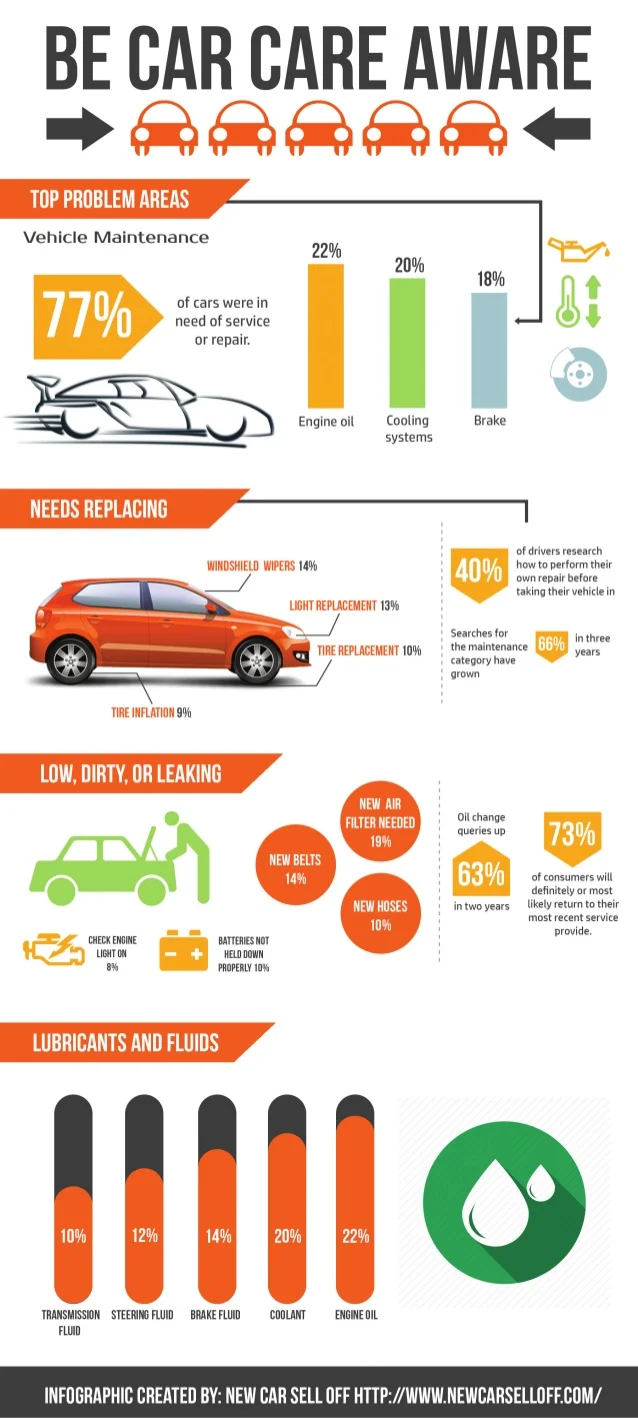Wondering About The Meaning Behind Those Control Panel Caution Lights? Gain Insights Right Into Their Ramifications For Your Automobile'S Safety And Security And Maintenance
Wondering About The Meaning Behind Those Control Panel Caution Lights? Gain Insights Right Into Their Ramifications For Your Automobile'S Safety And Security And Maintenance
Blog Article
Article Writer-Samuelsen Forbes
When you lag the wheel, those glowing warning lights on your dashboard can be a little bit complicated. Do you recognize what they're attempting to inform you about your automobile's health? Comprehending https://martinrizri.blogvivi.com/32710136/the-convenience-of-mobile-automobile-detailing-changes-your-lorry-s-look-however-is-it-as-reliable-as-standard-techniques-discover-the-truth-behind-this-service of these lights is crucial for your safety and security and the longevity of your vehicle. So, the following time one of those lights appears, would not you wish to decode its message accurately and take the required steps to resolve it?
Common Warning Lights and Interpretations
Identify usual caution lights in your automobile and recognize their significances to make certain risk-free driving.
The most typical caution lights consist of the check engine light, which signifies problems with the engine or discharges system. If Go At this site begins, it's essential to have your vehicle inspected promptly.
The oil pressure cautioning light shows reduced oil stress, needing instant attention to prevent engine damage.
A flashing battery light may recommend a malfunctioning charging system, potentially leaving you stranded otherwise attended to.
The tire pressure monitoring system (TPMS) light signals you to reduced tire pressure, affecting vehicle stability and fuel effectiveness. Ignoring this might lead to unsafe driving conditions.
The abdominal light suggests an issue with the anti-lock braking system, jeopardizing your ability to stop promptly in emergencies.
Lastly, the coolant temperature level cautioning light warns of engine overheating, which can lead to serious damages if not resolved swiftly.
Comprehending these usual caution lights will certainly help you attend to problems quickly and keep secure driving conditions.
Relevance of Prompt Attention
Understanding the common caution lights in your vehicle is just the primary step; the value of immediately addressing these warnings can't be emphasized sufficient to guarantee your safety and security when driving.
When a caution light brightens on your dashboard, it's your vehicle's way of connecting a prospective problem that requires attention. Ignoring these cautions can result in much more severe troubles down the road, endangering your security and potentially costing you extra in repairs.
Trigger attention to alerting lights can stop failures and accidents. For example, a blinking check engine light might suggest a misfire that, if left unattended, could create damages to the catalytic converter. Addressing this immediately can conserve you from a pricey fixing.
Similarly, a brake system alerting light could indicate reduced brake fluid or worn brake pads, essential elements for your safety and security when driving.
DIY Troubleshooting Tips
If you see a caution light on your control panel, there are a few do it yourself troubleshooting pointers you can try prior to seeking expert assistance.
The initial step is to consult your cars and truck's manual to understand what the certain warning light suggests. Often the problem can be as straightforward as a loose gas cap activating the check engine light. Tightening the gas cap might fix the problem.
Another usual concern is a low battery, which can set off different cautioning lights. Examining the battery links for rust and guaranteeing they're safe could take care of the trouble.
If a warning light continues, you can attempt resetting it by detaching the automobile's battery for a few mins and then reconnecting it. Furthermore, inspecting your vehicle's liquid levels, such as oil, coolant, and brake fluid, can aid troubleshoot alerting lights connected to these systems.
boatdetailing
In conclusion, comprehending your car's caution lights is crucial for keeping your car running efficiently and securely. By promptly resolving these notifies and recognizing what they imply, you can stay clear of costly fixings and possible failures.
Keep in mind to consult your car's guidebook for particular information on each warning light and act appropriately to guarantee a trouble-free driving experience.
Keep educated, stay safe when traveling!
